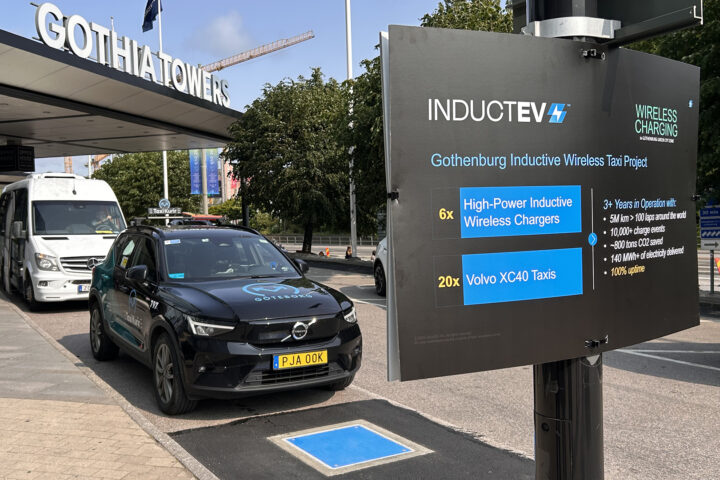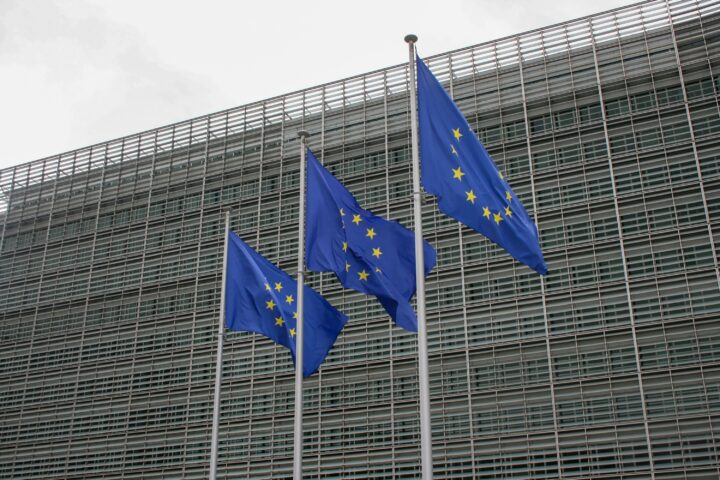Between Helsingborg in Sweden and Helsingör in Denmark, the company ForSea operates a sustainable ferry route, that is fully battery operated. The technology can reduce the total amount of carbon dioxide emissions by 65 %.
The route constitutes a vital part of the infrastructure between the two countries and the numbers of crossings are both high and frequent. For many years, ForSea has deployed state-of-the art technology to lessen the impact on the environment and today they run the two largest Ro Pax ferries in the world that are fully battery operated. The conversion to battery operation means that ForSea has two vessels out of four that are completely emission-free when in battery mode and that they can reduce their total CO2 emissions by as much as 65 %.
In order to reduce the company’s’ environmental impact ForSea has converted the two ferries Tycho Brahe and Aurora to full battery operation. The converting of two 25-year-old vessels to electric power has been a huge challenge and the problems have not only been of a technical nature, but also regulations and legal requirements have been poorly adapted for the conversion. Today ForSea has a well working system that is being copied fully or partially in the industry and the interest for the technic is huge.
The ferries were originally built with a diesel electric propulsion system and the old system is still intact so the ferries can run in both diesel, hybrid or full batterymode. Batteries and other equipment have been added to the system and are placed on top of the ferries in four containers. The capacity of the batteries are 4,1 Mwh. The batteries are charged automatically by a robot, every time the ferries moors in port, and the charged amount is enough for one crossing. The use of batteries does not only reduce the emissions to 0 but does also imply that the use of energy is reduced with approximately 30-40 %, due to higher efficiency of the system. Furthermore, noise and vibrations have been reduced substantially.
The system has been developed and delivered by ABB and the entire project was budgeted to 300 MSEK. The EU has contributed 120 MSEK and the money comes from the “European Union Fund”, which is co-financed by the European Union.









